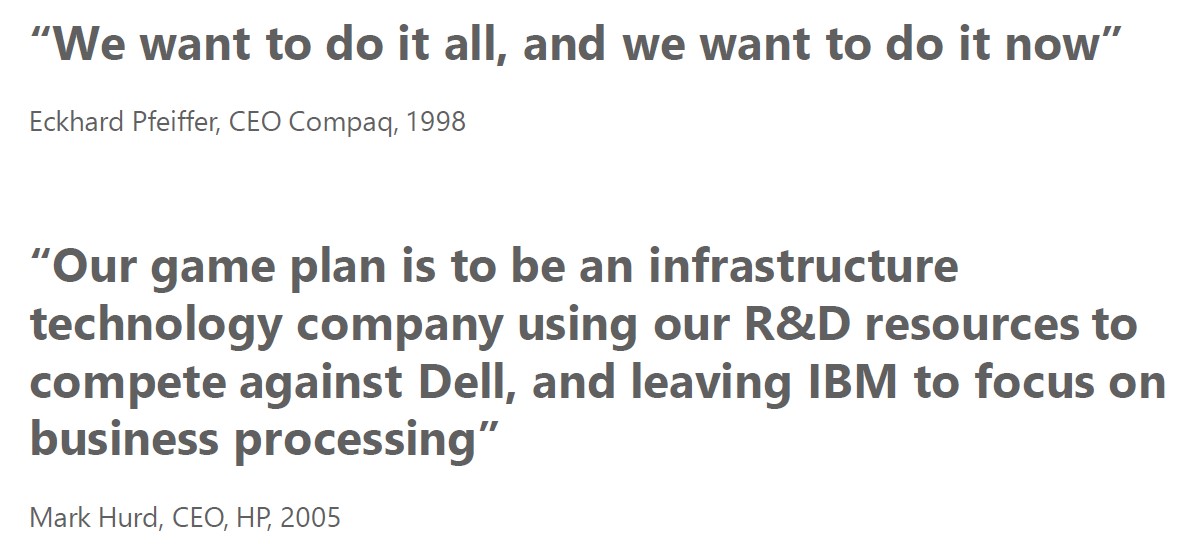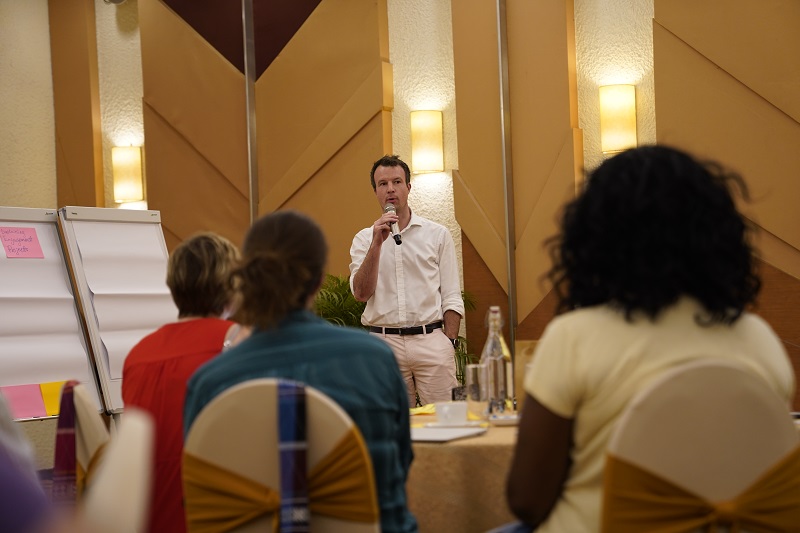Not a member?
Find out what The Global Health Network can do for you. Register now.
Member Sites A network of members around the world. Join now.
- 1000 Challenge
- ODIN Wastewater Surveillance Project
- CEPI Technical Resources
- UK Overseas Territories Public Health Network
- MIRNA
- Global Malaria Research
- Global Snakebite Research
- Global Outbreaks Research
- Vivli Knowledge Hub
- Sub-Saharan Congenital Anomalies Network
- Global Health Data Science
- Africa CDC
- AI for Global Health Research
- MRC Clinical Trials Unit at UCL
- ARCH
- IHR-SP
- Virtual Biorepository
- CONNECT
- Rapid Support Team
- The Global Health Network Africa
- The Global Health Network Asia
- The Global Health Network LAC
- The Global Health Network MENA
- Global Health Bioethics
- Global Pandemic Planning
- ACROSS
- EPIDEMIC ETHICS
- Global Vector Hub
- PANDORA
- Global Health Economics
- LactaHub – Breastfeeding Knowledge
- Global Birth Defects
- Fiocruz
- Antimicrobial Resistance (AMR)
- EDCTP Knowledge Hub
- PediCAP
- CHAIN Network
- ALERRT
- Brain Infections Global
- Research Capacity Network
- Global Research Nurses
- mesh
- ZIKAlliance
- ZikaPLAN
- TDR Knowledge Hub
- Global Health Coordinators
- Global Health Laboratories
- Global Health Methodology Research
- Global Health Social Science
- Global Health Trials
- Zika Infection
- Mother Child Health
- Global Musculoskeletal
- Global Pharmacovigilance
- Global Pregnancy CoLab
- INTERGROWTH-21ˢᵗ
- ISARIC
- WEPHREN
- East African Consortium for Clinical Research
- WANETAM
- CANTAM
- TESA
- GBS
- Women in Global Health Research
- HeLTI
- Global Health Research Management
- Coronavirus
Research Tools Resources designed to help you.

Image: Ian Thornton presenting at the 2018 Wellcome International Engagement Workshop | Minh Tan
Ian Thornton is a Senior Project Manager at Dalberg, a development consultancy. He is an expert on sustainable development as well as effective strategy production and project management. Ian presented an introduction to developing a strategy to attendees of the 2018 Wellcome International Engagement Workshop. He emphasised that this is not the only way of developing a strategy, but this method draws on corporate strategy and can offer value to those working in engagement.
What is a strategy?
Strategy can be defined (in a ‘science-y’ way, according to Ian) as:
“an actionable plan to optimise for one or two variables within a set of constraints”
Ian broke down this jargon-filled definition as follows:
“Actionable” = feasible, realistic and achievable
“One or two” = focused on a realistic number of goals – a strategy cannot aim to achieve everything
“Variables” = Actions or audiences that can fit different sectors, organisations or challenges (as Ian calls it, “sector agnostic”)
“Within a set of constraints” = The strategy should be grounded in real world challenges, as the context and circumstances surrounding an issue determines whether any strategy is truly actionable or relevant.
Why is a specific strategy important?
To highlight the importance of making choices in strategy development, Ian compared quotes from the CEOs of two competing computing companies, Compaq and HP, in the late 1990s/early 2000s:

Both sold computer-related technologies and services. As you can see from their CEO’s quotes, Compaq’s strategy was diffuse and unfocused, whereas HP’s was specific and direct. Compaq was bought by HP in 2002, and HP is still a highly successful computing company – demonstrating the importance of knowing your goals, your competitors, and not trying to spread yourself too thinly. Aiming to achieve everything, and trying to do it too quickly, may leave you like Compaq!
Ian emphasises that a strategy can only be truly valuable if discipline is exercised when creating it; for example a Theory of Change or strategy plan that is waffly and non-specific offers no value. This means you might have to prioritise, but that’s ok!
What is the difference between a strategy and a plan?
For Ian, a plan tells you what to do, while a strategy helps you make decisions about what – and what not – to do. Plans focus on individual aspects of the overall strategy. More specifically, the difference between a plan and a strategy comes down to a number of elements:
- Scale: a strategy is large scale and covers a whole scheme, whereas elements of the scheme will likely have specific plans.
- Specificity: plans will detail specific activities compared to a strategy which will look at the overall programme.
- Timeframe: plans will likely be shorter-term than the overall strategy.
- Uncertainty: strategies will have a certain amount of uncertainty, while plans will be specific and activity-focused.
- Focus – of outcomes or activities: the strategy will focus on outcomes of the entire programme and what each activity together will achieve. Plans will look at how to implement each activity effectively.
What can I use to start thinking about my own strategy?
Ian gave workshop attendees a number of questions, or prompts, that they could use to shape their own thinking around strategy development:
- What do you want to achieve?
- What are the barriers and opportunities to achieving these goals?
- What are the key assumptions underlying what you aim to do?
- Which are in your control?
- Which are in your influence?
- Which are out of your control?
- What relies on what? Do some elements depend on other things happening, or not happening, to come to fruition? Are some issues ‘first order’, and others ‘second order’?
- What is the ‘rate limiting step’ i.e. which aspect could bring everything else to a halt, or allow for the greatest change?
- What are you going to stop doing, or not include in your strategy?
- What might you allow or encourage others to do instead?
- What do you need to do to test your assumptions?
- What if your assumptions are wrong?
- How can you test that you’re on course and achieving your aims?
The exercise that Ian led encouraged groups to address these questions in turn. For many, this was a new way to approach developing a strategy. It is a straight forward and simple way to start thinking about your project, team, or organisation’s unique offer in the field.
Download Ian’s slides here (PDF).
---
The content on this page forms part of the online report for the 2018 International Engagement Workshop “Taking it to the Next Level: How can we generate leadership and develop practice in engagement?". To learn more about the workshop, access the rest of the report and browse the video presentations, discussion summaries, and tools, visit the workshop page.

This work is licensed under a Creative Commons Attribution 4.0 International License.
Also By
Tags
Useful Resources
Related Articles
-
Project Report: Sacred Water: A Community Arts and Engagement Project in Nepal
BY Mesh Editorial Team -
Covid-19 pandemic implications for food and nutrition security in Brazil
BY Rita de Cássia Ribeiro-Silva et al. -
Making research more people-centred
BY Avinash Kumar, Mesh Editorial Team -
A rapid review of community engagement and informed consent processes for adaptive platform trials and alternative design trials for public health emergencies
BY Alun Davies et al. -
Strengthening clinical trials to provide high-quality evidence on health interventions and to improve research quality and coordination
BY 75th World Health Assembly
Most popular tags
- Archive (71)
- archive (8)
- engagement (2)
- bioethics (1)
- Brazil (1)
- capacity development (1)
- child health (1)
- clinical ethics (1)
- clinical psychology (1)
- communication (1)
- community (1)
- coronavirus (1)
- covid-19 (1)
- critical (1)
- data sharing (1)
- evaluation (1)
- framework (1)
- generalisability (1)
- healthcare (1)
- medicine (1)

Please Sign in (or Register) to view further.